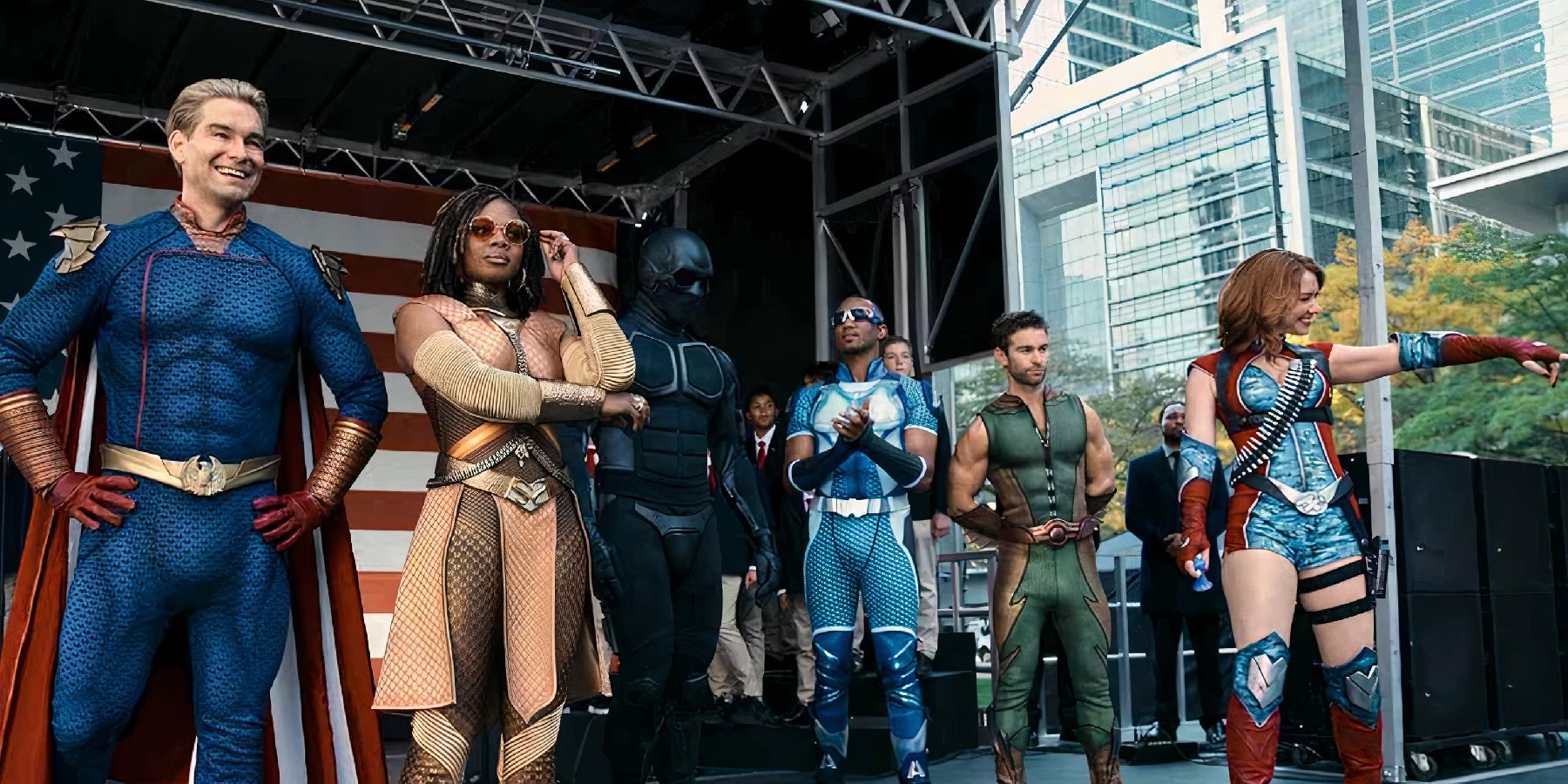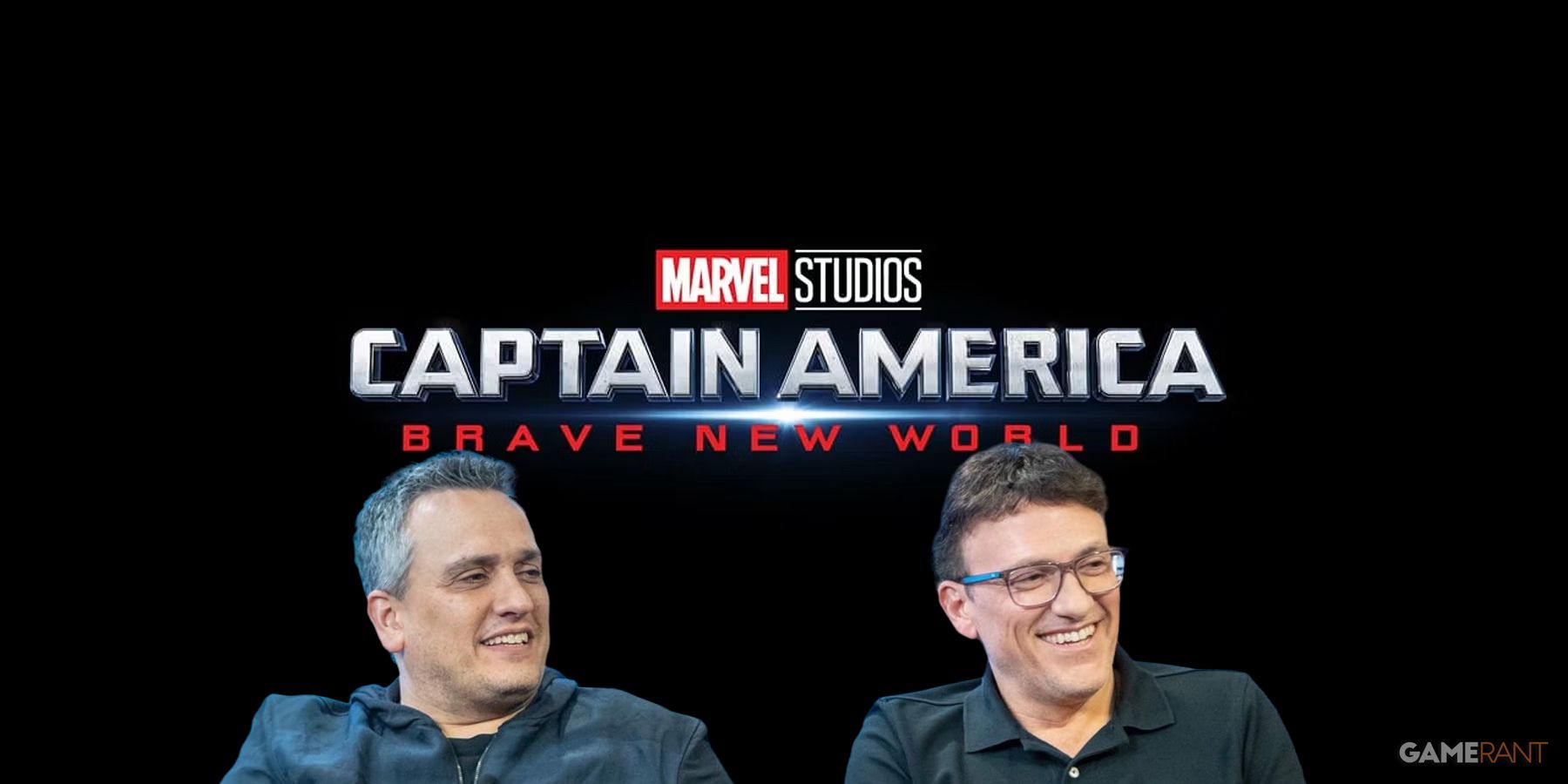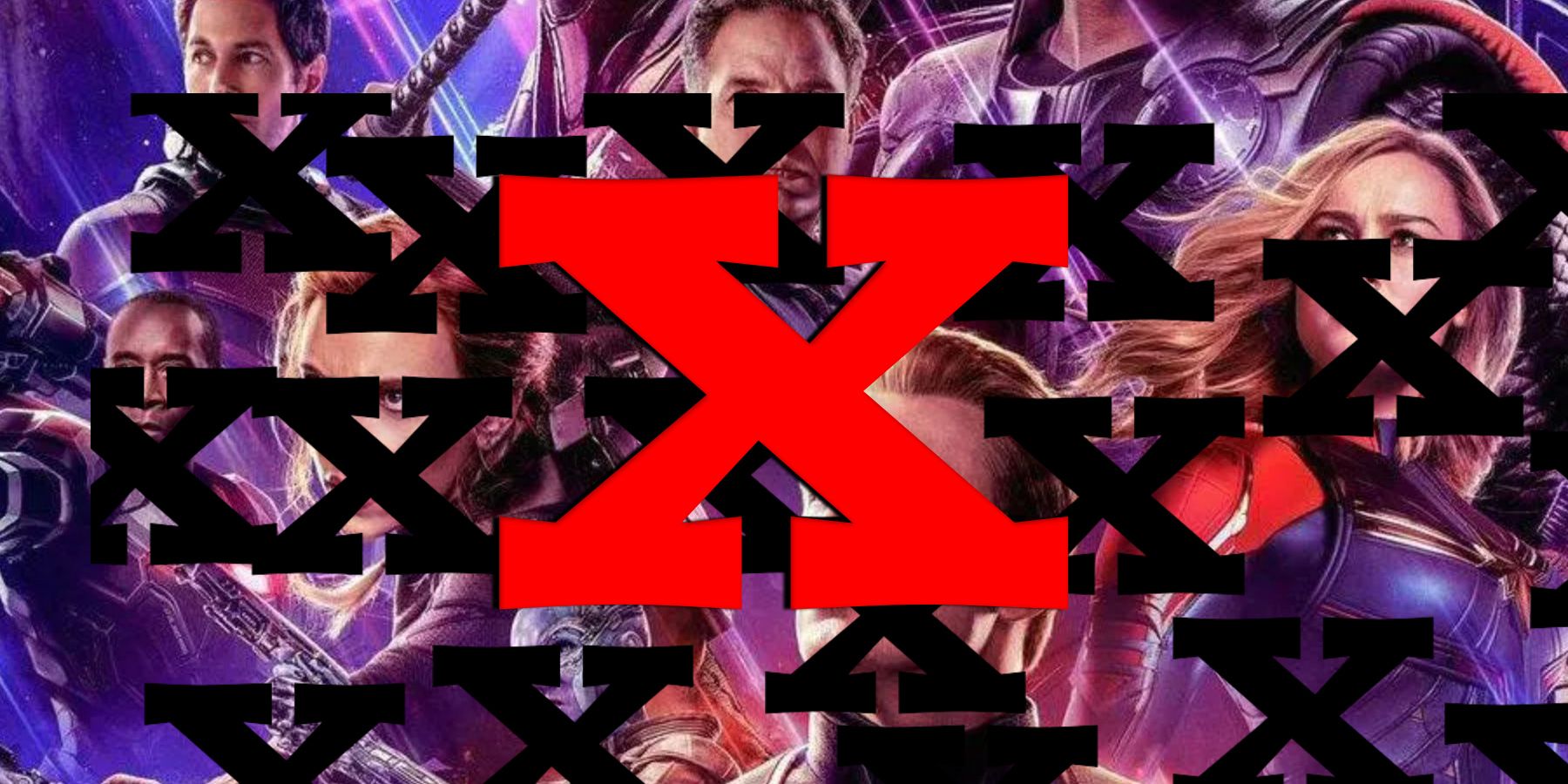In Martin Scorsese’s 2004 Howard Hughes biopic The Aviator, one scene probed the boundaries of 1940s screen standards. In the scene, Hughes (Leonardo DiCaprio) presents enlarged stills of actresses’ cleavage from various movies of the time, to which his ‘expert’ applies calipers—to demonstrate to censors that his movie is no more lewd than its contemporaries. It is intentionally over-the-top, making light of the constraints that governed production in Hollywood’s first few decades. Yet it is also a reminder that such restrictions are a kind of folly in themselves—appropriateness is a highly subjective standard, one which has only gotten more subjective in the last fifty years, as American society has splintered away from a unified idea of morality.
The last two decades have further complicated the project of identifying media standards, as the Internet has blown open access to content (and to the means of content production/distribution). Audiences have more reason than ever to modulate what content they consume, and there are tools to help with that. An MPAA rating, however, should no longer be one of those tools…if it ever was.
Early cinema was a glorious free-for-all in terms of what stories could be told onscreen, and how they could be portrayed. In 1934, William H. Hays, head of the Motion Picture Producers and Distributors of America (MPPDA), introduced the Production Code (or the Hays Code, as it is often referred to), which was a set of rules both for what stories could be told and what images could be shown to theater audiences. ‘Bad’ characters (that is, characters who acted against the moral consensus of the time), for instance, must meet bad ends—their bad actions could not go unpunished.
Besides these overarching strictures, the Production Code also included a list of “Don’ts and Be Carefuls”, which gave censors wide latitude to enforce its moral rectitude on a granular level. In John Huston’s 1948 classic Key Largo, villainous Johnny Rocco whispers what the audience can only presume are obscenities in the ear of main love interest Nora Temple (Lauren Bacall). But his ominous dialogue is unintelligible to the audience, delivered as an absurd series of generic whisper sounds. That was the power of the Production Code—to force awkward creative workarounds that weakened the dramatic impact of serious stories.
The circumstances that brought down the Production Code in 1968 were not dissimilar to those that are presently driving the MPAA ratings system into obsolescence. Then, the rising ubiquity of television projected the moral ambiguity of the Vietnam War into every home; now, the Internet confirms with each new day that no extreme lies outside the scope of human behavior. Yet eliminating the Code presented a new need, which the ratings system was designed to address: the need for parents to control minors’ exposure to mature content.
The ratings system has survived on a longstanding consensus that children should be protected, and it allowed theaters and parents alike to leave the problem of appropriateness up to the MPAA…then. Now, on the other hand, parents—and adults, who often have their own reservations about certain types of content—no longer need to rely on ratings to warn them about potentially objectionable content, as the Internet has provided myriad options for viewers to educate themselves about a movie in advance (Does The Dog Die, for example, which conveys as much about what viewers consider objectionable as it will about any particular film). Ratings are no longer necessary.
Moreover, ratings have become a massive distraction—the discourse around them has turned into a critical black hole, a void that compresses substantive discussion about exposure and appropriateness into an endless argument of will-they-or-won’t-they. The irony is that these arguments about ratings have grown dominant as mainstream cinema has grown docile. In the early decades of ratings, American theaters were hosting a veritable bacchanalia of onscreen sex and violence, as directors reveled in the removal of Production Code restrictions.
In the 1980s, executives and commentators were focused less on whether a superhero movie should be rated R and more on how many sex scenes pushed a movie from R to X—the question was not whether a movie should bar children from seeing it in a theater, but whether moviegoing adults should expect to see implied sex or explicit sex, ordinary violence or outright horror. This shift highlights a dissonance between the producers of movies and their consumers: studios have an imperative to expose their films to as wide an audience as possible. Viewers may want to see more mature content, but more mature content narrows the consumer pool (thus lowering the profit margins).
So what is the solution? The MPAA’s best move might be to introduce an online classification system that mimics the enumeration of existing sites. The Classification & Ratings Administration, which oversees ratings, already has such a website, which lists the ratings of individual movies, as well as the reasons for those ratings. CARA should strip away the baseline classifications (and their attendant connotations), and replace them with genuinely helpful information about the contents of each movie.
This would allow consumers to make their own decisions about what they consider appropriate. Furthermore, filmmakers would have more flexibility to follow audience preferences if doing so did not automatically (and unnecessarily) restrict who could be admitted to theaters. Rather than producing for the broadest possible audiences, studios could create content that audiences have been clamoring for—movies could cater to audiences, rather than to ratings.






